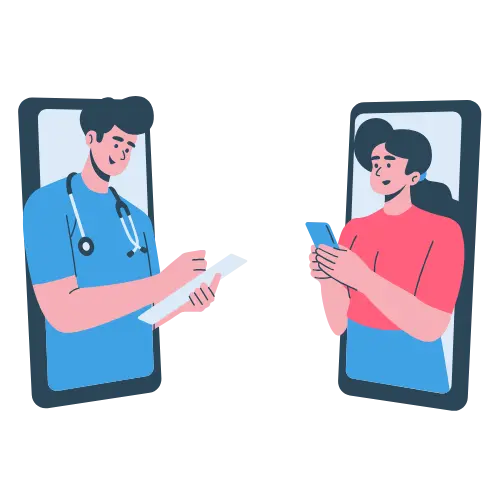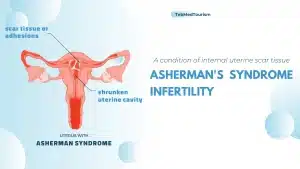Non-surgical weight loss procedures:
If you have 30 to 50 pounds to lose – and diet and exercise haven’t worked for you – take advantage of one of the revolutionary non-surgical weight-loss procedures. They’re safe, effective and recommended to those with a body mass index (BMI) 30 to 40. While there have been amazing breakthroughs with fat reduction procedures and creating non-surgical and non-invasive alternatives, it can be a little more difficult to find the best non-surgical weight loss procedures. While there are some surgical yet minimally invasive weight loss procedures, there are not many non-surgical weight loss procedures.


Endoscopic Sleeve Gastroplasty (ESG) or endoscopic gastric sleeve weight loss surgery
Endoscopic sleeve gastroplasty (ESG) is the latest development in non-surgical weight loss. During this 60-minute procedure, doctor will create a smaller stomach by inserting an endoscope into the stomach through the mouth and performing an accordion-link suture pattern, closing down the stomach from the bottom to the top and forming a sleeve.
ESG provides the restriction you need to lose weight without removing any part of the stomach. ESG is not just a procedure. It’s an 18-month program that provides the support you need for long-term weight loss. You can expect to lose 53 percent of your excess weight – similar results to Lap Band surgery. In addition, it will allow you to feel full and potentially lose additional weight for several years. Bariatric Surgery in Iran , Weight Loss Surgery in Iran
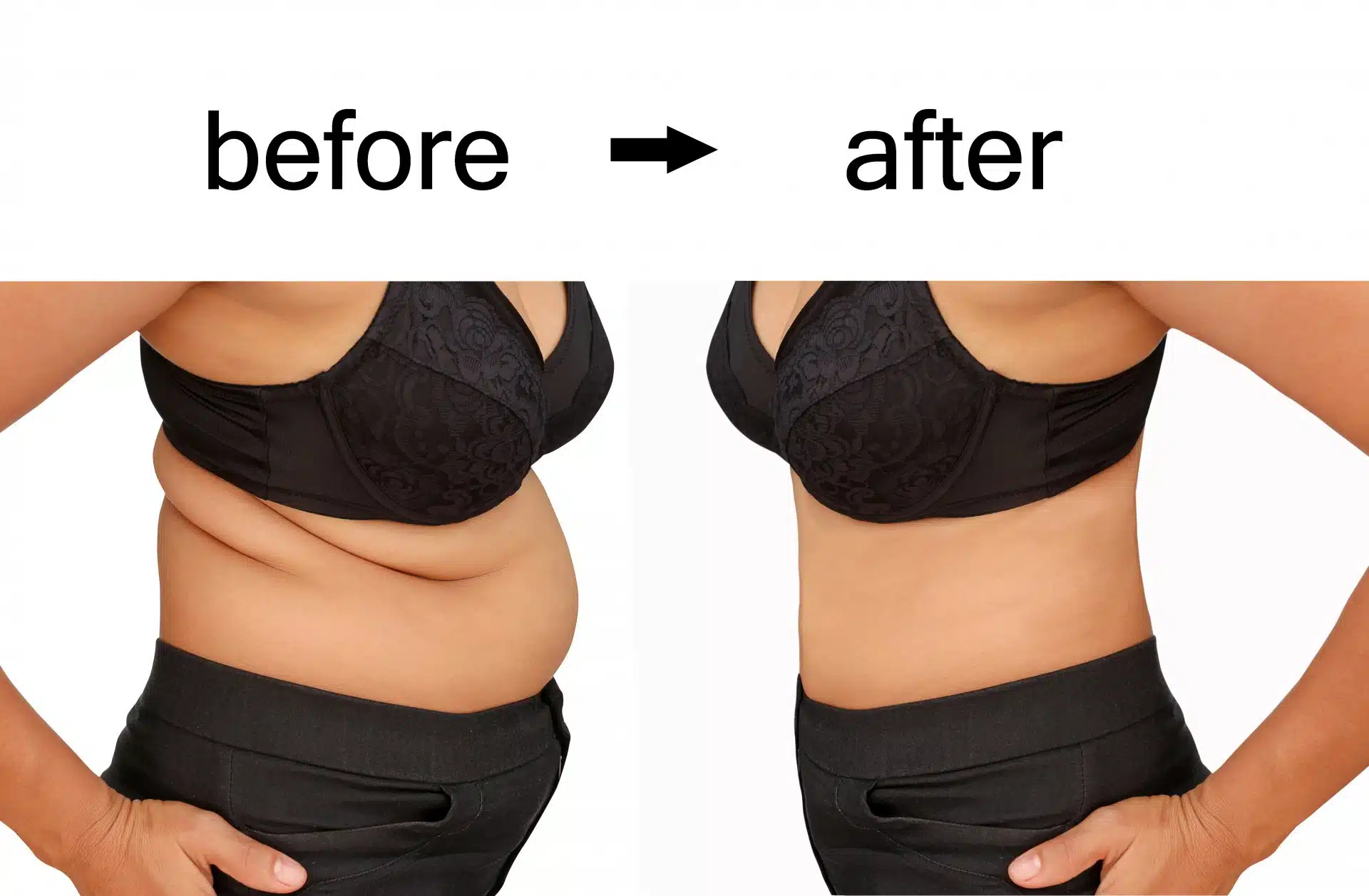
GASTRIC BALLOON
The best non-surgical weight loss procedure on the market happens to be the gastric balloon. It is completely non-surgical and minimally invasive to the body. There are no incisions or tiny holes in the body. HOW IT WORKS A deflated, gastric balloon is inserted through the mouth either by swallowing or through an endoscopic tube (depending on what company you choose).
Each procedure takes about 20 to 30 minutes to complete. It goes down the esophagus and lands in your stomach. Once it hits your stomach, it expands to take up some of the room in your stomach. This causes patients to feel full sooner while eating, which results in the patient eating less than they normally do and losing weight. Patients have seen up to one-third of excess weight lost in 6 months.
AFTER THE PROCEDURE After the balloon procedure, the patient is able to leave the hospital the same day as the surgery so there is no required overnight stay for the patient. It takes 3 days to reach full recovery, which is more improved from the counter options of a gastric balloon like a bypass or sleeve, which can take weeks to months to recover from. Doctors to request a 14-day transition diet, with few diet restrictions.
The diet transition helps you jump start better diet and lifestyle habits, which contribute to your future health when you decide to remove the balloon. After 6 months, the balloon will be removed. Bariatric Surgery in Iran , Weight Loss Surgery in Iran.
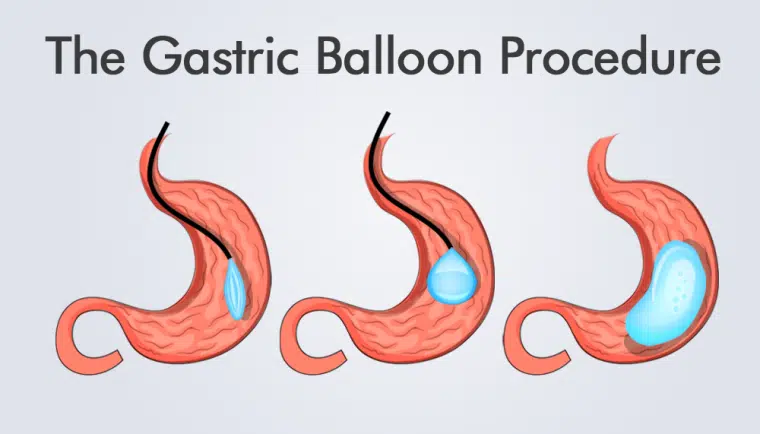

Lipomatic:
Liposclupture (lipomatic) means slimming, filling and reshaping specific areas of the body by removing excess fat deposits or transferring to desired areas. There are several types techniques aiming liposclupting. Recently invented Nutational Infrasonic Liposclupture (NIL) System developed for solving several problems related to prior techniques using surgical incisions to remove excess fat tissue resulting in prolonged operation time, need of general anesthesia, more tissue damage, bleeding during surgery, higher complication rate, prolonged healing period and scarring. Doctor B does this application with a device named Lipomatic and he gets better results.Bariatric Surgery in Iran , Weight Loss Surgery in Iran
Advantages
- No scar
- Natural results
- No fluctuations or bumps
- Shorter healing period
- Performed under local anesthesia
- Simple and safe
- Shortened operation time
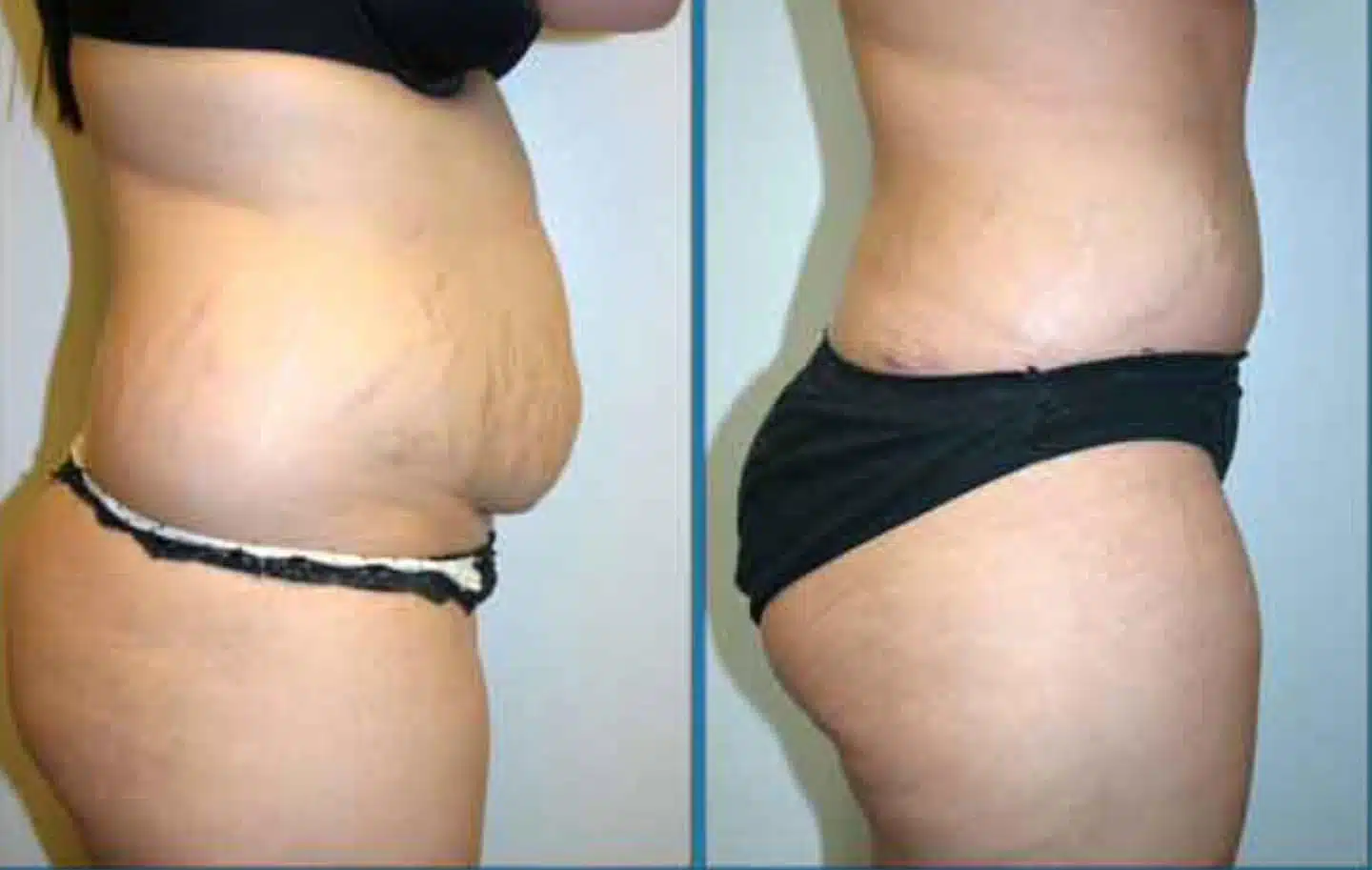
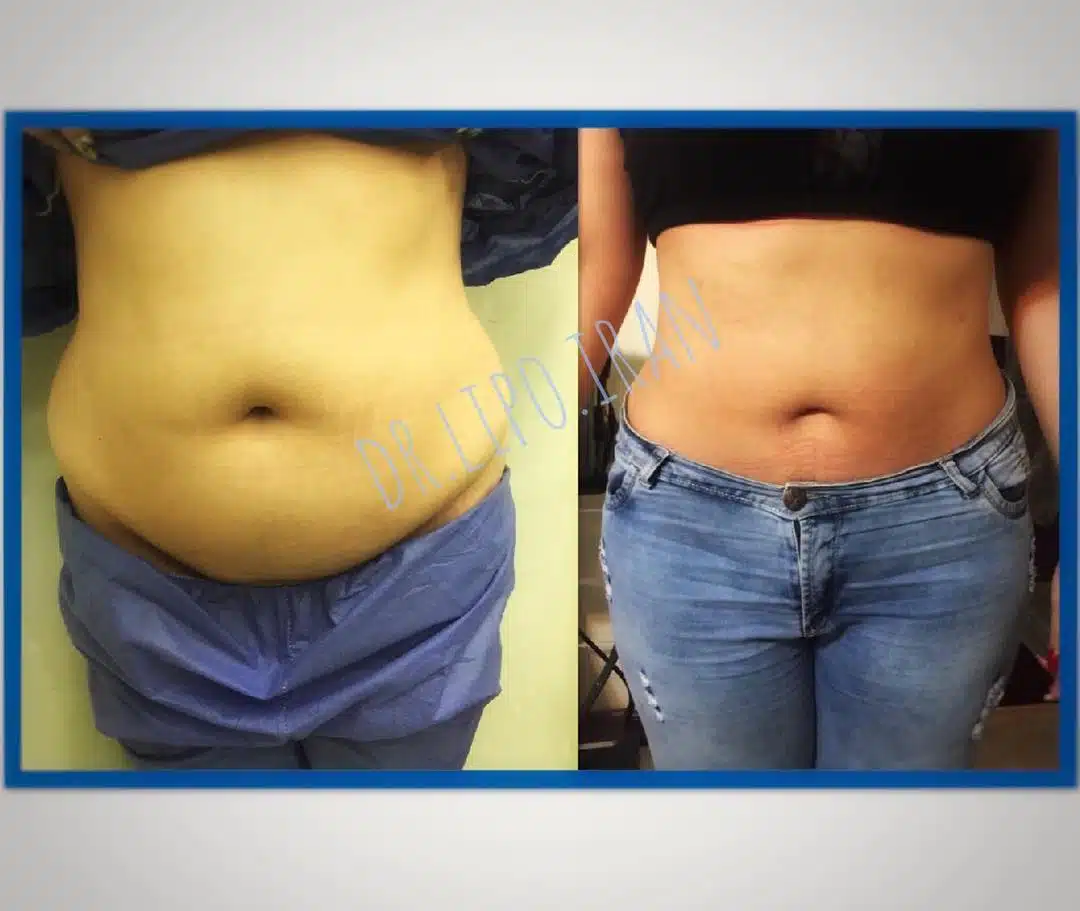
What is Liposculpture with Lipomatic?
Liposculpture is frequently confused with liposuction, but it’s a different operation in terms of the technique which focuses on correcting the contour. Considered as a weight loss method by most women, this application only provides correction in the problematic areas.
While liposuction’s word meaning is a fat intake process, the word meaning of liposculpture is removing the fatty tissue to fix and aesthetically reshape the area. Doctor B performs Liposculpture applications with the Lipomatic device. This takes the operation to another level.
During the Liposculpture operation, fat is removed from different parts of the body like back, waist, belly, legs, hips, knees, or under the chin with a vacuum and then the body is reshaped. It can be applied separately or during breast reduction or augmentation, abdominoplasty or similar plastic surgeries.
Liposculpture is not a cure for obesity. If you genetically suffer from regional fat even though you exercise regularly and consume low calorie foods, it is beneficial for you to get this operation. It is especially effective in difficult and large areas like the abdomen, buttocks, back, upper arms, thighs and knees and in such areas superior to the Laser Lypolysis System which is designed to be applied in gentler parts of the body.
In Liposculpture technique, a cannula having fluctuation, rotation, and vibration movements creating ultrasonic waves allows removing fat tissue gently and safe without harming any other tissues. The vibrations and ultrasound waves of the device release stem cells adhered to fat cells.
Released stem cells help with the healing process and results with natural and fresher look. Liposculpture doesn’t require large incisions on the skin but very small entering hole for the cannula as a result, it is almost impossible to notice the scar. Compared with surgical techniques, as there are no incisions during surgery, there are no fluctuations or bumps on skin after the procedure providing a smoother look.
Additionally, most recent simple and safe technique Liposculpture is done under local anesthesia in most application areas so that the patient can return normal activities the next day. Bariatric Surgery in Iran , Weight Loss Surgery in Iran
Who can get Lipomatic?
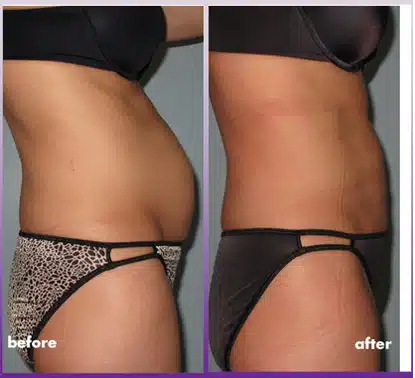
Abdominal liposuction:
Liposuction surgery, also known as fat removal surgery or liposculpture, is the permanent removal of stubborn fatty deposits that are difficult to shift despite a regular exercise and healthy eating regime. Liposuction removes fat from specific areas of your body by sucking it out through a tube.
It is most often performed on your buttocks, hips, thighs and stomach to give better shape and definition to these problem areas. It is not a weight loss tool and is best performed on people who are a normal weight and in areas where the skin is tight. Bariatric Surgery in Iran , Weight Loss Surgery in Iran
What are the benefits of a liposuction?
There are a number of benefits of liposuction including:
- Instant results.
- A firmer, more contoured and proportional appearance.
- Improved health due to fat loss.
- Often an improved sense of wellbeing.
- Permanent body fat loss so even if you increase your body fat then it will not return to the treated areas.
- Helping weight loss patients lose the last remaining pockets of fat.
- A wider choice of clothes.
- Removing a certain type of benign fatty tumor known as lipomas.
- Treating gynecomastia, an embarrassing condition in which men develop fatty breast tissue.
- Reducing excessive sweating and chafing by targeting sweat glands, and reducing the body’s ability to produce sweat in these areas.
- Treating Lipodystrophy syndrome, where fat accumulates in one part of your body, to create a more natural looking body fat distribution.
What is the difference between a liposuction and a tummy tuck?
Both liposuction and a tummy tuck are types of body contouring surgery. A tummy tuck involves surgically removing excess skin often after pregnancy and weight loss from your abdominal area. Your abdominal muscles are also realigned and tightened to strengthen and support a flatter abdomen and your belly button may be repositioned. Liposuction involves removing fat deposits only and can be performed on many areas of the body not just your abdomen. A tummy tuck and liposuction can be performed together to improve the definition and contour of your abdomen. Bariatric Surgery in Iran , Weight Loss Surgery in Iran
Weight loss surgery (slimming surgery):
Restrictive surgeries work by shrinking the size of the stomach and slowing down digestion. A normal stomach can hold about 3 pints of food. After surgery, the stomach may at first hold as little as an ounce, although later that could stretch to 2 or 3 ounces.
The smaller the stomach, the less you can eat. The less you eat, the more weight you lose. There are 7 types of weight loss surgery (also called “bariatric surgery”) available. Each type has advantages and disadvantages, and this page will help you decide which one is right for you. Here is a very brief description of how each procedure will help you lose weight:
- Gastric Sleeve– you will feel less hungry generally & full sooner while eating
- Gastric Bypass or Roux-en-y Gastric bypass or bariatric surgery– you will feel full sooner while eating & absorb fewer minerals
- Duodenal Switch– you feel less hungry generally & full sooner while eating, absorb fewer calories and minerals
- LAP-BANDor Gastric Banding– you will feel full sooner while eating
- Gastric Balloon– you will temporarily feel full sooner while eating (balloon removed after 6 months)
- vBloc Therapy– you will feel full between meals & less hungry while eating
- AspireAssist– drain a portion of stomach contents after eating and absorb fewer calories
Bariatric Surgery in Iran , Weight Loss Surgery in Iran
Sleeve Gastrectomy
In a sleeve gastrectomy, part of the stomach is separated and removed from the body. The remaining section of the stomach is formed into a tube-like structure(sleeve). This smaller stomach cannot hold as much food. It also produces less of the appetite-regulating hormone ghrelin, which may lessen your desire to eat. However, sleeve gastrectomy does not affect the absorption of calories and nutrients in the intestines.
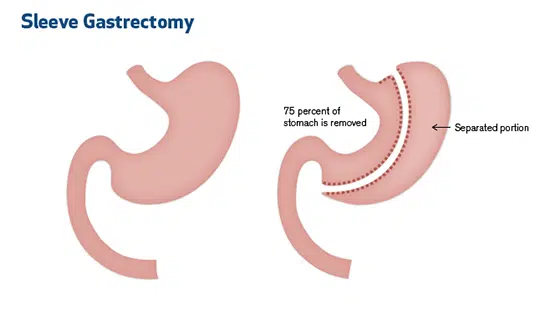
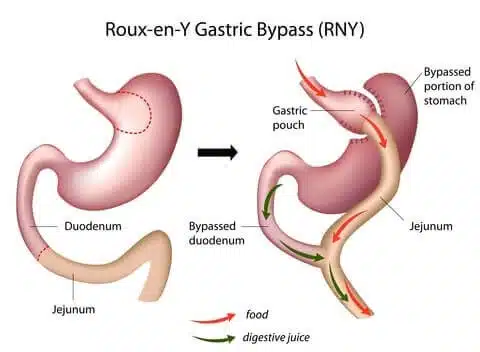
Bariatric weight loss surgery (Gastric Bypass Surgery) (Roux-en-Y Gastric Bypass)
In Roux-en-Y gastric bypass, the surgeon creates a small pouch at the top of the stomach. The pouch is the only part of the stomach that receives food. This greatly limits the amount that you can comfortably eat and drink at one time. The small intestine is then cut a short distance below the main stomach and connected to the new pouch.
Food flows directly from the pouch into this part of the intestine. The main part of the stomach, however, continues to make digestive juices. The portion of the intestine still attached to the main stomach is reattached farther down. This allows the digestive juices to flow to the small intestine. Because food now bypasses a portion of the small intestine, fewer nutrients and calories are absorbed.
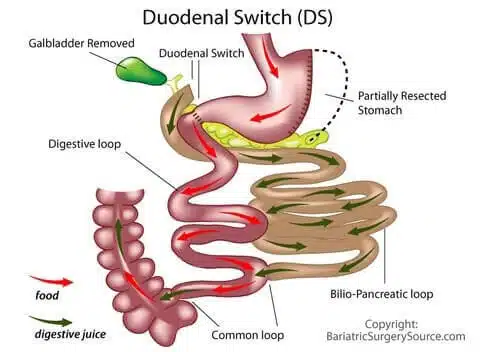
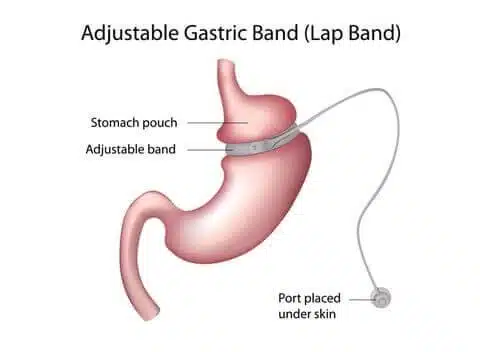
Should I Consider Having Weight Loss Surgery?
weight loss surgery is not for everyone. Doctors generally recommend it only for people who:
- Have a body mass index (BMI) of 40 or more — about 100 pounds overweight for men and 80 for women
- Have a lower BMI (35 to 40), but also have serious health problems related to obesity such as heart disease,diabetes type 2,high cholestrol, or severe sleep apnea.
- Have tried and failed to lose weight by nonsurgical means such as diet and exercise.
- Fully understand the risks associated with weight loss surgery and are motivated.
How Will My Physical Appearance Change After Weight Loss Surgery?
- As you start losing weight, you will likely be thrilled with your new appearance. However, many people who lose a lot of weight often find their skin looks loose and baggy. You may want plastic surgery to remove this excess skin. Bariatric Surgery in Iran , Weight Loss Surgery in Iran
Will My Social Life and Relationships Change After Weight Loss methods?
- Your relationships with friends and family may indeed change after weight loss surgery. For many people, food and drink are the basis for socializing. After weight loss surgery, you must find other ways to socialize — ways that aren’t focused on food.
- Also, as you lose weight, the results will be obvious. People will notice, and ask you about your appearance. Prepare for these questions ahead of time — and consider how you want to answer them.
Will I Feel Like Myself After I Lose Weight?
- Losing a significant amount of weight is no small matter. In fact, the effects are profound and far-reaching. Life may seem disconcerting at times. You may feel odd, not quite like yourself. You may feel overwhelmed by the lifestyle changes you must make for the rest of your life. You may have reached for food as comfort — and have difficulty giving it up.
- A therapist can help you get through this complicated period. A support group can also help. Ask your doctor about support groups for people who have had weight loss surgery. It helps to meet people who are making the same adjustments you’re making — and can help keep you on track with your weight loss program.
How Much Weight Will I Lose After Surgery?
After gastric bypass surgery, most people can expect to lose between 66% and 80% of their extra body weight. Most of this is lost within the first two years. After gastric banding, people lose 40% to 50% of their extra weight, typically within the first two years after the surgery. Bariatric Surgery in Iran , Weight Loss Surgery in Iran

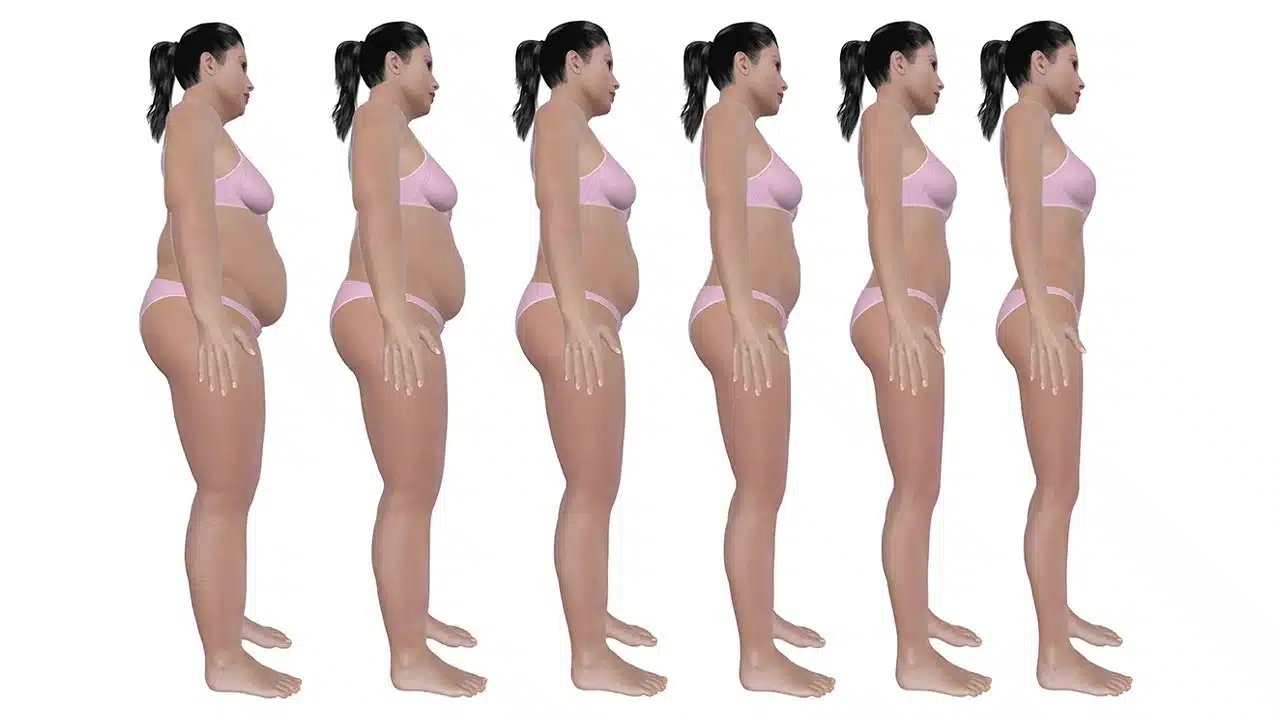

What Lifestyle Changes Are Necessary After Weight Loss procedures?
Over time, some people regain weight despite bariatric surgery. Some eat high-calorie or high-fat foods instead of healthy foods — and eat them too often. Some people rely on “soft meals” such as ice cream and milk shakes. The body itself may change over time, too, leading to weight gain. The digestive tract might begin absorbing more calories. Even the size of your surgical stomach can expand gradually over time. To keep the weight off, you need to work at it. Here are some tips:
- Eat very small meals. Adapting to small meals is challenging but necessary. Eat small amounts of food slowly, chew well, and eat lots of protein.
- Make nutrition a priority. You must make the foods you eat count. Good nutrition is critically important. You must also take the right supplements, as recommended by your health care provider, because serious malnutrition occurs easily following weight loss surgery. A dietitian can create a diet and nutrition plan designed to meet your needs.
- Exercise regularly. Many obese people aren’t used to exercise, but it’s very important to prevent weight regain. The good news: Once you start losing weight, exercise will get easier. Bariatric Surgery in Iran , Weight Loss Surgery in Iran
Why weight loss procedure in Iran?
We have the best plastic surgeons in Iran who are highly efficient and have high experience in cosmetic surgery. We are therefore ready to meet all medical needs in Iran for foreign customers from all over the world with free medical consultation service.
The plastic surgeons in Iran is characterized by having excellent experience and excellence in the field of surgery and beauty and the doctor and medical staff to give the patient the beautiful natural appearance. Bariatric Surgery in Iran Weight Loss Surgery in Iran
Weight loss surgery
Weight loss surgery is usually performed using general anesthesia and laparoscopy. There are various approaches to this operation each having different effects on your body and digestion system. Methods of weight loss surgery: There are different methods to perform weight loss surgery which includes:
Roux-en-Y gastric bypass:
In Roux-en-Y gastric bypass surgery, the surgeon makes a small pouch at the top of the stomach, and this new pouch is then connected to your small intestine with a tube. The tube would deliver food from the small pouch directly to your small intestine and bypasses the stomach.
This operation greatly limits the stomach capacity and the amount you can eat at one sitting. thus diminishes the threshold of feeling full and you can eat significantly less food. Along with diminishing the feeling of hunger, stomach bypass also disturbs nutrition absorption. Thus malnutrition, disability of vitamins absorption and abnormal deficiency in D and B12 vitamins, are among side effects of this surgery. Stomach bypass surgery also increases the risk of dumping syndrome which would require for supplementary surgeries on hernia and gallbladder.
Gastric banding:
In the laparoscopic gastric banding, the upper part of the stomach is blocked using a band containing an inflatable balloon. The blockage decreases the capacity of your stomach to hold food and reduces the feeling of hunger. This bond is adjustable through a port which is placed under the skin of the abdomen.
Sleeve gastrectomy:
One of the newest methods of weight loss surgery is using sleeve gastrectomy. In this method a substantial part of stomach is removed from the body. The remaining part of the stomach is formed like a tube-like structure, decreasing the stomach’s capacity to hold food. One of drawbacks with this method is that the results are not permanent and the loss of weight is reversible. Also this method could affect the rate of hormone secretion and produced compounds by the stomach.
Abdominal and stomach balloons:
In this method, Stomach balloons containing air or salt is placed inside the stomach using a tube and gastro scope (endoscopy). This method decreases appetite and the food capacity in your stomach temporarily. These balloons function for six months.
Biliopancreatic diversion:
This method works similar to stomach bypass. As stomach bypass which is performed through intestine diversion, with Biliopancreatic diversion the amount of absorbed calories is decreased significantly through omitting pancreas from food absorption process. In general, best method for weight loss is through a proper diet combined with exercise.
But in special cases where there is not enough stamina or patience, weight loss surgeries could be the solution. each method of weight loss surgery has its own benefits and flaws and you can choose the best option consulting with your doctor. Bariatric Surgery in Iran Weight Loss Surgery in Iran

Nowadays, laparoscopic surgeries with minimal skin cutting is used for weight loss surgery and slimming surgery. Here are 4 prevalent weight loss surgery and slimming surgery methods:
- Gastric bypass or Roux-en-Y
- Gastric banding
- Sleeve gastrectomy (a prevalent weight loss surgery that reduce the stomach size & volume and is perform by open surgery or laparoscopic surgery)
- Duodenal bypass by biliopancreatic diversion.
Gastric bypass has a great short term and long term results to reduce excess weight. Like other operations, gastric bypass and generally weight loss surgery and slimming surgery may cause short-term and long-term side effects and complications. How do I know if I am a candidate for weight loss surgery and slimming surgery?
Obesity is the fifth leading cause of mortality in the world. Mortality rate estimation of obesity is 2.8 million of adults every year. Bariatric surgery is a treatment solution for obese people with BMI>35 along with one other risk factor including diabetes, hypertension or sleep apnea.
Weight loss surgery and slimming surgery cost is the main concern of obese and overweight people. Long waiting list and Inaccessibility to modern medical care are other concerns involved with weight loss surgery and slimming surgery. If you are looking for a good destination for weight loss surgery and slimming surgery, Iran will meet your expectations.
The comparison of weight loss surgery and slimming surgery costs in Iran and other countries: Affordable costs along with experienced surgeons and modern clinics have brings Iran as a great choice for weight loss surgery and slimming surgery. Weight loss surgery and slimming surgery costs range in Iran is 1500-3000$.
Insurance companies cover costs for patients with BMI>35. In the UK, the average cost is 8000-10000 Pound whereas the Average cost of weight loss surgery in the USA is 8000-27000$. Weight loss surgery and slimming surgery cost 3500-7000$ in India. Bariatric Surgery in Iran , Weight Loss Surgery in Iran Weight loss surgery and slimming surgery cost 6100$ in the UAE, whereas abdominoplasty (tummy tuck) cost 4000$ and will be added to the primary surgery price.

